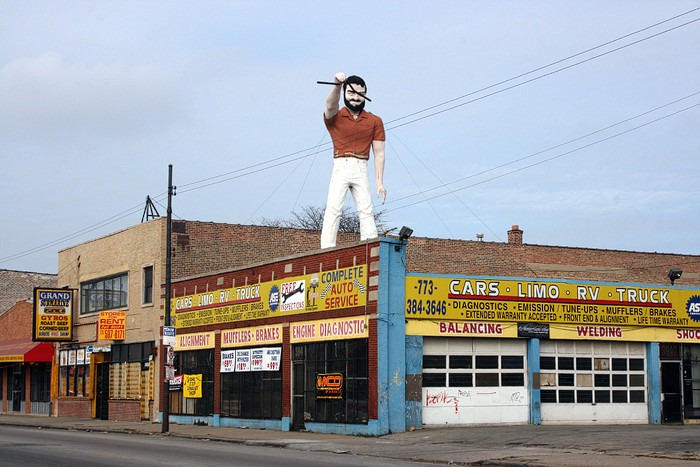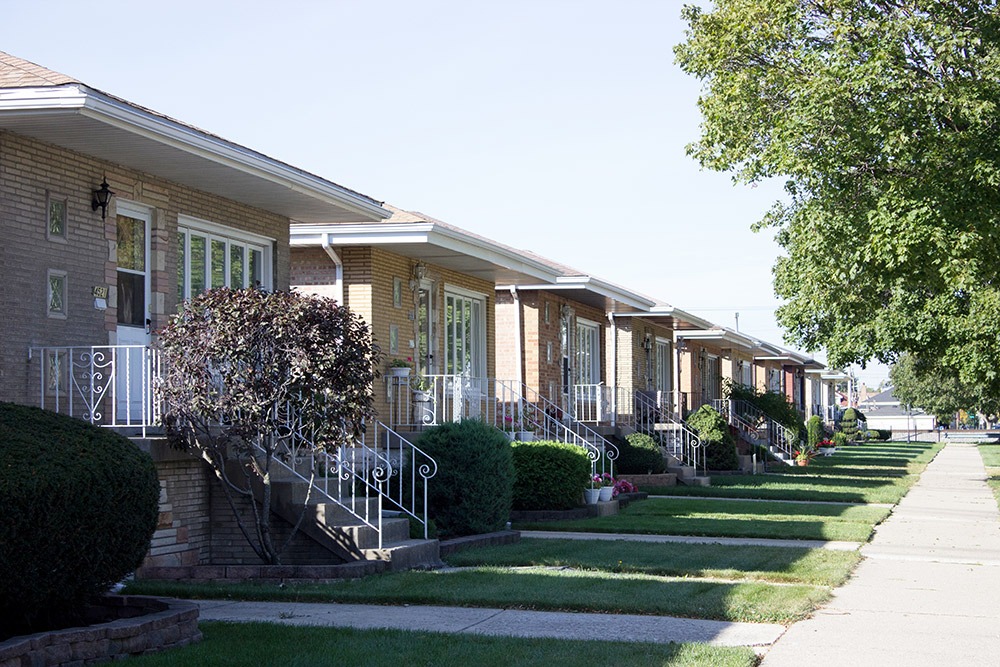West Lawn in Chicago
West Lawn, a distinctive and vibrant community area located in southwest Chicago, has a rich history of cultural diversity and community spirit. This remarkable neighborhood, recognized as one of the 77 official community areas in Chicago, is a welcoming melting pot of various ethnicities and cultures, including Polish-Americans, Irish-Americans, Mexican-Americans, and inhabitants of Latin American and Eastern European origins.
History of West Lawn
The history of West Lawn dates back to the 1870s. The area drew substantial attention with the development of Chicago Lawn, its neighboring community situated towards the east. The division between the two communities was marked by the Grand Trunk Railroad tracks. Initially, the marshy land of West Lawn remained unsettled while Chicago Lawn thrived, attracting settlers primarily to the east of the tracks.
During the late 19th century, a brickyard and an artesian well were briefly active on the land northwest of 67th and Central Park. However, these ventures were short-lived, leaving behind a dangerous, cold pond that served as a recreational hub for swimming and ice-skating before it was filled in during the early 20th century.
The Growth of West Lawn
The growth of West Lawn was primarily catalyzed by the expansion of the neighboring industrial district in Clearing and the extension of a horse-drawn street railway on 63rd Street through West Lawn to Clearing. As a result, the population of the area reached 2,544 by 1920.
The area east of Pulaski and north of 63rd Street was populated with single-family houses by 1930. The census reported 8,919 people residing in West Lawn, primarily of German, Irish, Czech, Polish, and Italian descent, along with a small Lithuanian immigrant population. Most of the residents were factory, clerical, and professional workers.
The Role of Institutions in West Lawn’s Development
The growth in population was accompanied by the development of institutional infrastructure. The Roman Catholic parish of St. Nicholas of Tolentine was established as a mission in 1909, with a small church and school building. Between 1923 and 1931, four Protestant churches were formed, further fostering the community spirit in West Lawn.
West Lawn in the Mid-20th Century
The 1930s marked a pivotal period for West Lawn. Anticipating a rise in real estate values, paved streets and other improvements were made on the vacant land west of Pulaski. However, the Great Depression put a halt to growth, and special assessments and delinquent property taxes discouraged further building.
The onset of World War II revived the growth of the neighborhood. The nearby Chicago Municipal Airport (now Midway Airport) expanded, attracting new residents. Industrial development in the southwestern corner of the area and in neighboring Clearing further fueled the population growth.
The Post-War Era
The post-war era saw the construction of housing in the area by the Chicago Housing Authority for returning veterans. However, the residents of the neighborhood and West Elsdon, the neighboring community to the north, actively prevented racial integration during the Airport Homes race riots at 60th Street and Karlov in 1946.
The Neighborhood in the Late 20th Century
The decades following World War II witnessed rapid population growth in West Lawn, from 14,460 in 1950 to 27,644 in 1970. This growth was partially a result of a white ethnic migration out of neighborhoods undergoing racial change.
The Ford City Shopping Center opened in 1965 on the site of the then-abandoned Ford auto factory on Cicero Avenue. Nearby manufacturers such as Tootsie Roll and Sweetheart Cup were attracted to the area due to its convenient rail access. Richard J. Daley College, a regional Federal Records Center, and an army reserve base also found their home west of Pulaski and south of 72nd.

West Lawn in the 21st Century
The revival of activity at Midway Airport and the opening of the CTA Orange Line in neighboring areas have raised residential property values and brought renewed attention to the area from other parts of the city.
Today, the neighborhood is home to various ethnicities. Since the 1970s, younger Mexican families have been attracted to the area, and some Arab families and businesses have followed the 63rd Street retail corridor westward from Chicago Lawn.
Notable Landmarks in West Lawn
One small business in the neighborhood, the Capitol Cigar Store at 63rd and Pulaski, features a tall Native American statue as the landmark of West Lawn. The statue is most notable for being seen in the movie Wayne’s World.
The area is also home to the Balzekas Museum of Lithuanian Culture along Pulaski Road. It was founded by Lithuanian-American businessman Stanley Balzekas Jr., and is the only museum in the US devoted to the subjects of Lithuania, the Lithuanian language, history, culture, politics, and the Lithuanian-American experience.
Education in West Lawn
The neighborhood is part of City of Chicago School District #299 and City Colleges of Chicago District #508, offering quality education to its residents.
West Lawn, with its rich history and cultural diversity, embodies the spirit of a small town in the big city. It is a testament to the strength and resilience of its people and a testament to the power of community. Its vibrant history, diverse populace, and welcoming spirit make it a unique and vibrant part of Chicago.


